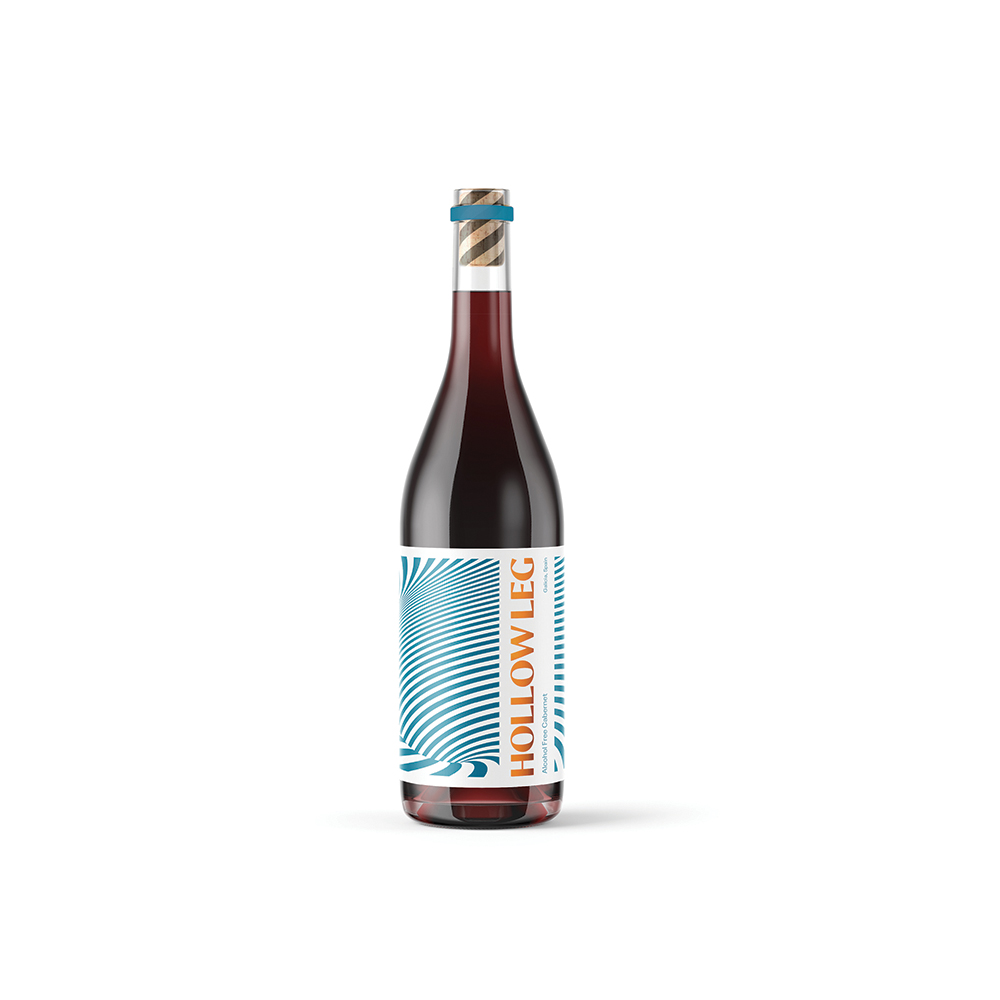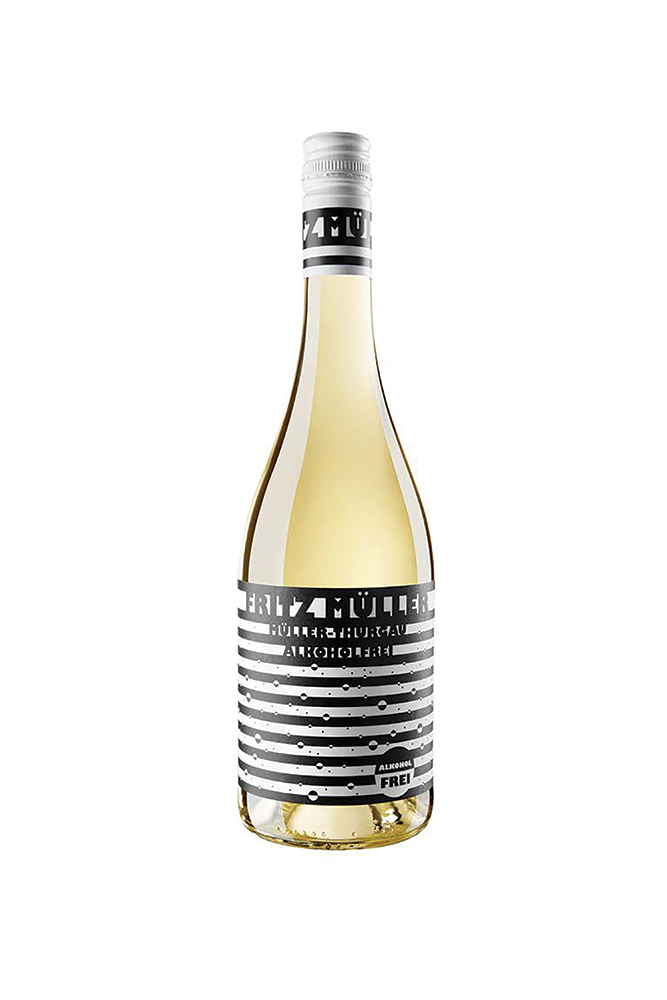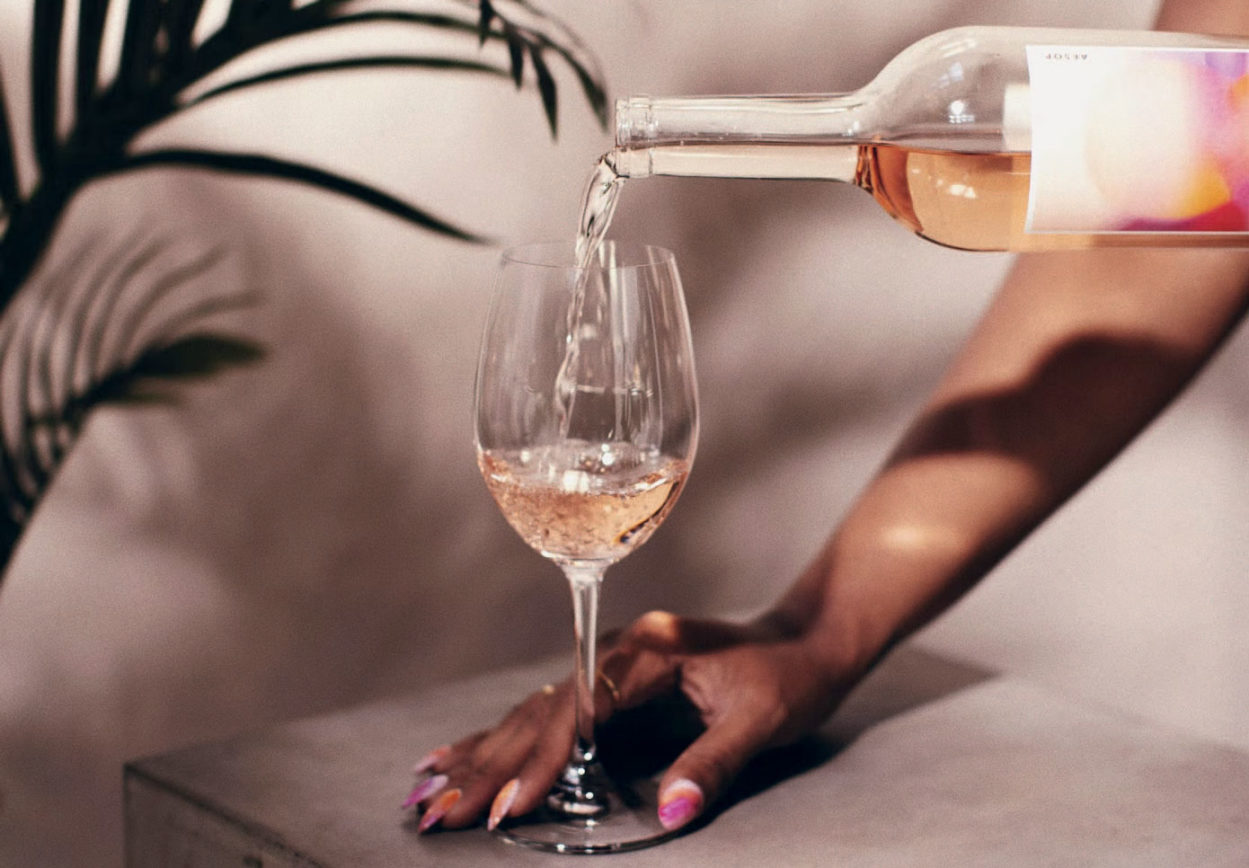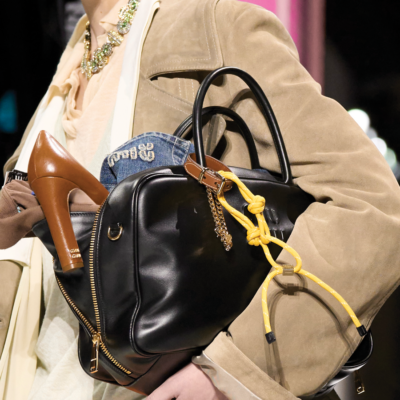Julie Dupouy investigates non-alcoholic wines For Dry January and beyond …
As consumers grow more health-conscious, pressure is increasing on alcohol retailers to cater for those wishing to reduce or eliminate alcohol consumption. Carbonated soft drinks and fruit juices are no longer enough for the modern palate. We want to consume less sugar and still have a satisfying organoleptic experience.
Non-alcoholic (hereafter referred to as “NA”) gins, alcohol-free beers and sparkling teas are some of the current popular options. According to Distill Ventures who report how in April 2018 there were just four non-alcoholic spirits on the market in the UK, and by October, just six months later, there were 42.
Producing a non-alcoholic version of a popular alcoholised beverage is by no means easy. Ethanol, used as the base of all perfumes, is an excellent vehicle to deliver aroma and in the case of alcoholic beverages – flavour. Ethanol also contributes to the body and texture of a beverage. Without alcohol, complex drinks seem lean, dull and mono-dimensional and the more alcohol that is removed, the more you alter the taste of that drink.
While NA beers have improved greatly and now often taste very close to the original brews, NA wines have been slower to make their mark. The average alcohol content of beer is four to five per cent ABV (alcohol by volume) while wine is generally between 12.5 per cent and 14.5 per cent ABV. The more alcohol that is removed, the further the final product tastes from the original.
As a wine-lover who recently experienced the journey of pregnancy, the search for high-quality NA wine that could offer the same organoleptic pleasure as the real deal has become more focused.
While it would be reasonable to think that NA wine is made from wine which has simply been de-alcoholised, it turns out that to create a palatable and stable beverage, the process is more complicated and includes much manipulation and often many additives.
Removing the alcohol from wine can be done in various ways but to assure that the end product is of acceptable quality, winemakers must ensure that the base wine is suitable for the process. Wines which contain a lower level of alcohol to start with tend to be better for de-alcoholising. Certain grape varieties are more suited than others to remaining aromatically pleasant and to assimilating the yeasty or “sauerkraut” tones produced during the de-alcoholising process. Riesling, for example, seems to give some of the best results.
It is trickier to produce a balanced, harmonious NA red wine than it is to produce a white as tannins and other polyphenols can become too prominent and create overwhelming harshness and bitterness.
In an attempt to recreate the balance and complexity of a regular wine, NA wine producers are using all sorts of additives to boost flavours, texture, body and depth to the wines. Fortunately, NA wines must display the list of ingredients they contain so that consumers can make informed choices, and these can be found on the back label.
This list often includes additives such as glycerol, wood tannins, ascorbic acid, acacia gum, sulfur dioxide or even dimethyl dicarbonate. The latter, usually advertised as E242, is a known neurotoxin and carcinogen that is used to extend the shelf life of certain products by preventing the growth of yeast and mould. However, in small doses, it is considered safe to consume from 24 hours after application.
While a certain amount of the NA wines on the market are made following a complex recipe, others, thankfully are a bit more natural in their approach and only use products derived strictly from grapes as well as small amount of sulfites to prevent the wine from re-fermenting in the bottle, thus creating ethanol.
A great example of this more natural approach is the Irish venture Hollow Leg, led by Ronan Farrell from the Wine Lab and restaurateur Jamie O’Toole. Their project only uses high quality organically grown grapes which, in itself, is a new concept in the NA wine world. However, the innovation does not stop here. To enhance the wines’ character, create mouthfeel and more complexity without artificial additives, only grape material (skins and lees) is reintroduced. No sugar is added and Hollow Leg NA wines contain less than two grammes of sugar per litre.
NA wines contain much higher levels of sugar than traditional wine. On tasting, most NA wines on the market seem dry thanks to their high levels of acidity which acts as a counterbalance to the high levels of sweetness. However most of them contain between 29g and 57g of sugar per litre which is a lot more than regular dry wines which contain a maximum of nine grammes.
Increased demand will always spur creativity on the supply side. New products are hitting the shelves every month and that can only lead to good things. But what seems like a “healthier” option prompts questions too. Ask trusted suppliers and they will be delighted to inform you about what they stock in the hope that you continue to pay the occasional visit during periods of abstinence.

Hollow Leg, Albariño, Spain, €15; www.lennoxstreet.ie.

Hollow Leg, Cabernet Sauvignon, Spain, €15; www.blackrockcellar.com.

Riesling Kolonne/Null, Germany, €15; www.baggotstreetwines.com.

Müller-Thurgau, Fritz Müller, Germany, €12; www.64wine.ie.

Riesling, Leitz, NV, Germany, €11.99; www.freshthegoodfoodmarket.ie.

Rosé, Leitz, NV, Germany, €11.99; www.mitchellandson.com.









